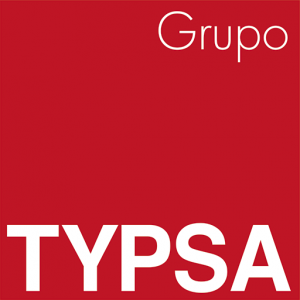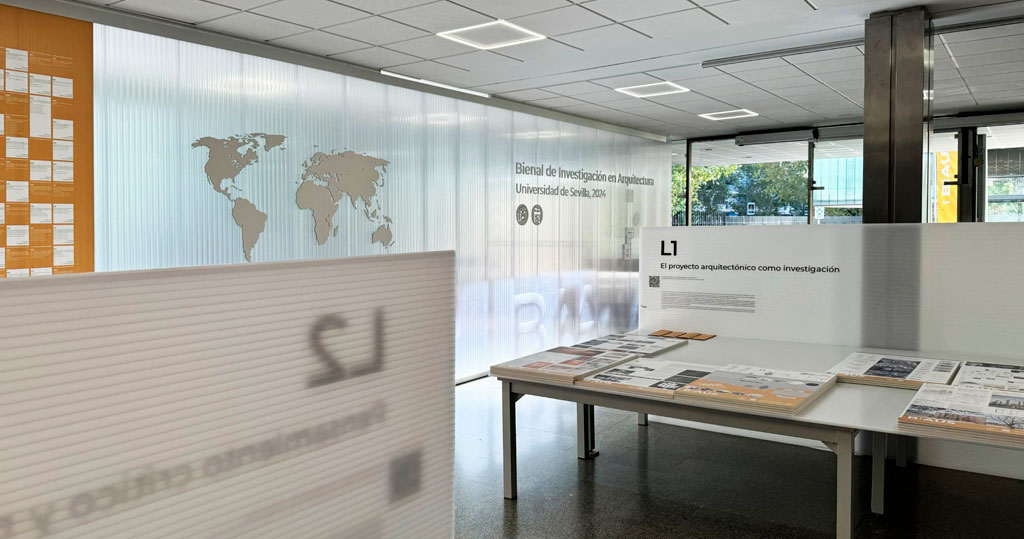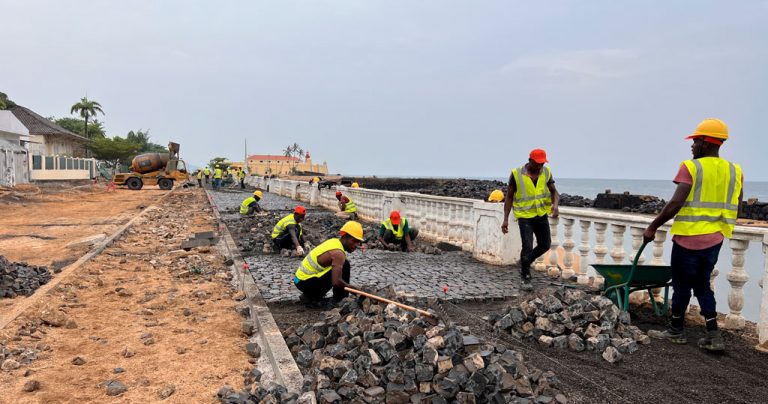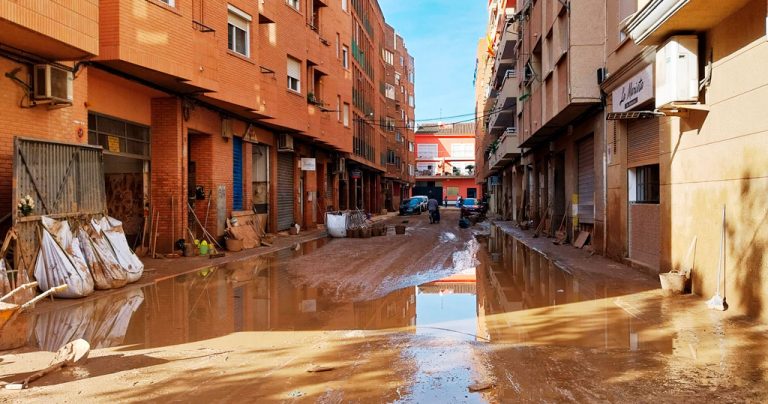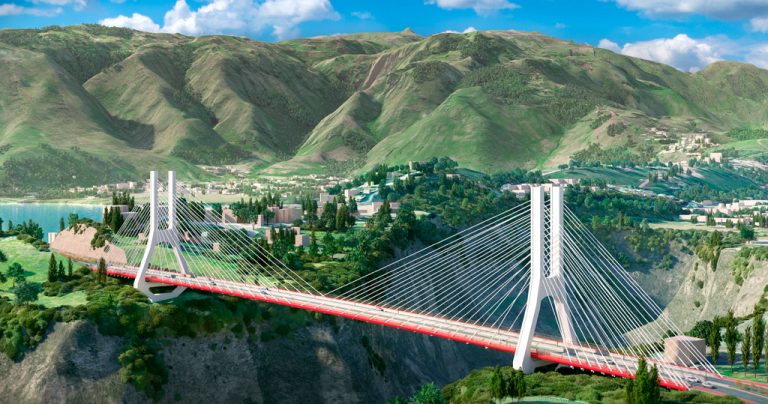The University of Seville held the first edition of the Architecture Research Biennial (BIAUS) in September at the Escuela Técnica Superior de Arquitectura (Higher Technical School of Architecture) (ETSAS), at which TYPSA participated significantly.
The biennial aims to be an enriching multidisciplinary meeting space for professionals and students interested in architectural research and its connections with other areas of knowledge. The organisation has been carried out by ETSAS with collaboration from the Instituto Universitario de Arquitectura y Ciencias de la Construcción (University Institute of Architecture and Construction Sciences) (IUACC) and the Doctoral Programme in Architecture.
The event, which was very well received, brought together 1,053 researchers from 36 universities, who made 263 contributions. It became a hub for thinkers focused on architecture and on the city as a human habitat, with research based on current demands as a meaningful response to a world so in need of innovation, knowledge transfer, and new perspectives.
TYPSA was selected by the scientific committee to participate in 3 of the 10 themes around which the biennial was organised:
Architectural ideation and communication
This subject area integrated contributions from different fields of architectural ideation and communication, focusing on new methods for conceiving, narrating and analysing architecture, such as new graphic survey techniques; new methods of modelling and rendering; and even new graphic places from which to represent housing and urban flows, dynamics and ultrasonography.
TYPSA was represented by Félix Tejada, from the Digital Office, who prepared one of the panels for the exhibition names “Renewing the Past: Digital Transformation of Architectural Spaces through the Digital Twin”.
The digital twin of our corporate headquarters combines architecture and technology to transform the conception and analysis of physical spaces. This project merges graphic survey techniques with digital modelling, creating a dynamic tool that revitalises and optimises architectural spaces. Beyond visual representation, the digital twin drives every phase of design, from conceptualisation to practice, allowing for adaptive renewal to current needs. Thus, it contributes to architectural innovation and the relationship between space and the urban environment.
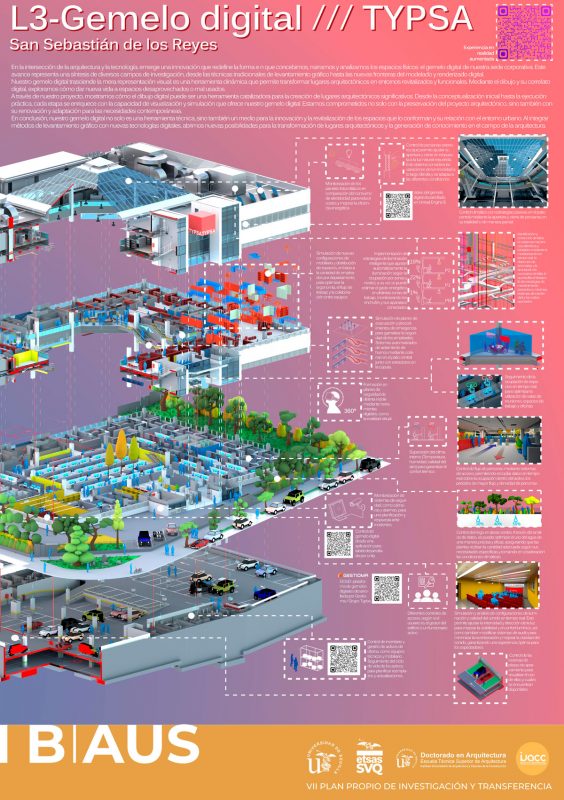
Research in other international contexts
This theme included works on architectural research developed in other international contexts, in relation to the cultural identity of origin.
In this area, we presented the “Centro de Secundaria Futuro Vivo” (Living Future Secondary School), in the Dominican Republic, developed by MEXTYPSA for the TYPSA Foundation, through a panel prepared by Matilde López, director of the Building Department of Andalusia, with the collaboration of Gustavo A. Cuevas, of the Buildings and Cities division of MEXTYPSA.
This centre, located in San Antonio de Guerra, is led by the Hermanas Carmelitas de la Enseñanza to provide for children and adolescents from marginalised sectors. It is strategically located on a groundwater source and is designed in a U-shape, with two blocks of classrooms and another for administrative use, structured around the forum, a central outdoor area for rest and recreation, and also a parking area and a sports area. The modular structure of the blocks makes it possible to expand the building in height or length according to future needs. The presentation was given by Matilde López and Luis María Navarro, director of the TYPSA Foundation for Development.
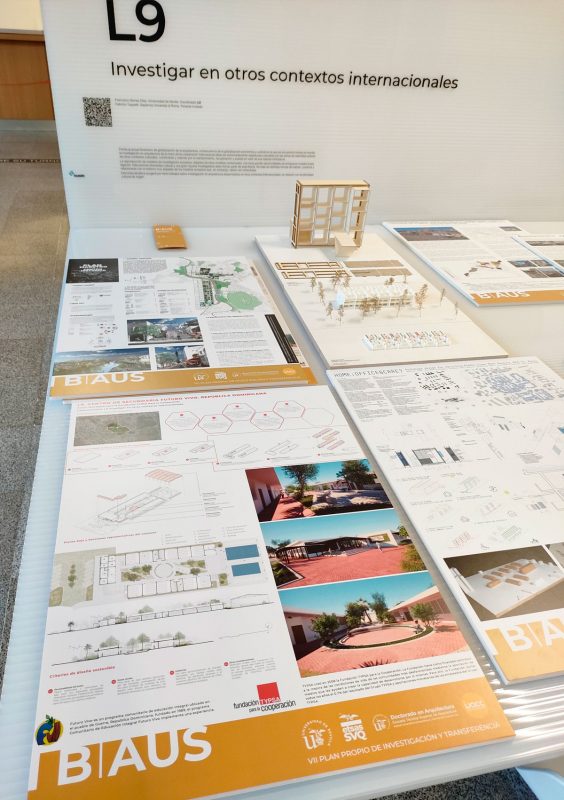
Give space to places
In this concept, architecture is defined as the capacity to give space to places: to make them possible by designing and executing them. This line summarises those undisciplined investigations that risk issues not yet been explored by architecture and that propose cutting-edge knowledge strategies.
In this case, our contribution was made by Alejandro Marcos, director of the BIM department of Andalusia, who prepared a text entitled “Eternal Spaces: Architecture as a Digital Place”.
This narrative process explores the evolution of spaces designed by TYPSA, from the initial idea to the digital architecture. During this transformation, creative emotions affect space, generating ephemeral places that reflect a changing spatial essence. Using virtual reality technology, the architect connects with their work from the initial design, creating new ways of inhabiting parallel worlds. Thus, architectural atmospheres are developed in virtual spaces that transmit sensory experiences and innovative functionality.
The three works will soon be published in the Biennial catalogue.

